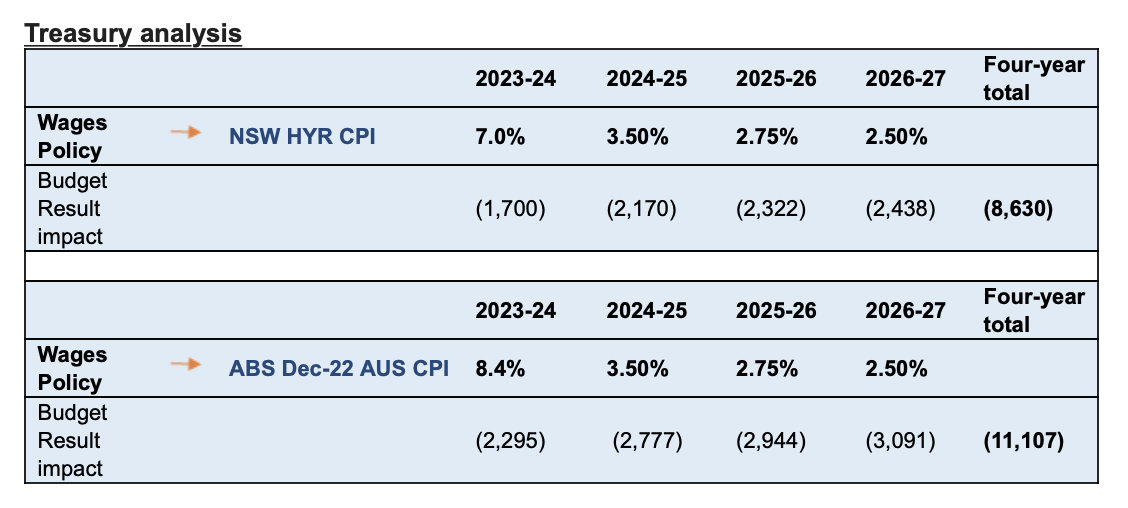Fort Scratchley, a former coastal defence installation and historical tourist attraction on the Newcastle coast, has been awarded an Engineering Heritage Marker.
On February 14, Engineers Australia and Fort Scratchley representatives gathered to reveal the Engineering Heritage Marker plaque for the Fort.
The fort is the largest and most diversified and intact coastal fortress barracks complex in Australia. It is set on Signal Hill in Newcastle and overlooks the city and coastline out to the South Pacific Ocean.
Fort Scratchley was built on the grounds of the traditional country of the Awabakal and Worimi peoples. Construction began on permanent fortification in 1882.
The main elements were constructed in the late 19th century and represent civil construction methods of the era including small-scale unreinforced concrete construction, of which the tunnels are a great example.
Fort Scratchley’ s layout is innovative as the tunnels always run downhill in the direction of loading ammunition. The tunnels run into the central magazines or out of them to deep shell lifts.
Construction evolution over the following 50 years is evident in various examples throughout the fort, most notably the changes as reinforced concrete was introduced.
Following its initial military use, the Fort was also used by the National Service Scheme for militia training in the mid-1950s.
Convict coal mines have also been discovered below the Fort by the University’s Coal River Working Party.
Today the inner fort holds gun emplacements, a battery observation post and associated fortress structures and underground tunnels, the commandants cottage, the barracks, and associated buildings on the lower section. The outer fort encompasses the Master Gunner’s Cottage, a workshop, and a multipurpose centre.
Day to day the fort run by volunteers from the Fort Scratchley Historical Society who offer tours of the tunnels and access to the museum and military buildings.
Engineers Australia’s Engineering Heritage Recognition Program recognises historical engineering achievements across Australia to raise the profile and understanding of the work of past engineers across the country. You can view all the Engineering Heritages sites we recognise across the country on our Engineering Heritage register.

